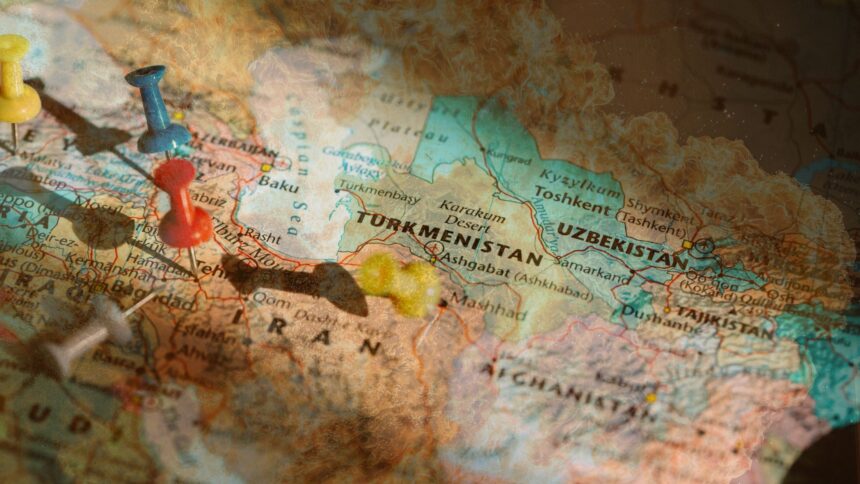As part of “Operation True Promise 3,” Iran launched a new wave of attacks starting early Monday, marking the third day of continued aerial attacks since the conflict worsened on June 13.
This attack, which marks a significant escalation in the ongoing conflict, was in response to Israel’s airstrikes on Tehran, Isfahan, and other Iranian cities, which killed 224 people, including significant figures like IRGC commanders and nuclear scientists. Iran has established its actions as self-defense under Article 51 of the U.N. Charter.
According to reports, Iran fired over 200 ballistic missiles and an unspecified number of drones and cruise missiles in this wave, succeeding in hitting Israel, including areas like Tel Aviv and Haifa, Petah Tikva, Bnei Brak, and Bat Yam, with air raid sirens reported as far as Jerusalem.
Iranian drone and missile attacks have claimed the lives of at least 24 Israelis since Friday, with 11 fatalities reported today. The attacks have left more than 150 wounded, with shrapnel and blast injuries being treated in Tel Aviv and Haifa hospitals.
In Petah Tikva, Haifa, and Bnei Brak strikes hit residential buildings, killing four, three, and one, respectively, with over 90 injured reported. In a joint attack by Iran and Houthi, an oil refinery in Haifa was attacked, leading to fires and fuel supply disruptions. Israel’s power grid was struck in some areas, resulting in localized power outages.
Iran claims to have struck Israeli airbases, such as Nevatim and Hatzerim, although Israel says it had intercepted the majority of missiles targeting military installations. The IDF’s missile defense systems, such as Arrow and David’s Sling, intercepted 80–90% of the incoming rounds, although some broke through, causing significant damage.


Leave a Reply